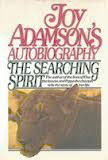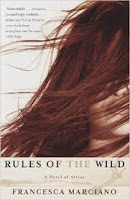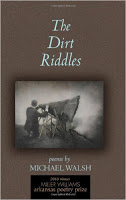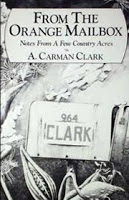by Peter Beard
This is a completely different look at East Africa. Peter Beard was a photographer who lived in Kenya during the era of big game hunts, when europeans had first discovered the country and seemed to feel they could do no wrong. He was Karen Blixen\’s neighbor and was there during Theodore Roosevelt\’s safari. He saw how dramatically the country was changing as white man penetrated the land, and documented the devastation. I was prepared to be impressed by this book, but found it a bit difficult to appreciate. It leans heavily on the reader already knowing the history, dropping in quotes and descriptions without much introduction- a lot was a report of names, places, numbers which I kind of tune out after a while. Much of the prologue is presented in the form of large photos with handwritten notes superimposed- Blixen\’s own handwriting, or J.H. Patterson\’s- which is lovely and artistic with its inked line variety, but also rather hard to read.
Mostly, it shows how heedlessly europeans slaughtered big game, without realizing it would have a long lasting impact on the wildlife. Game animals were so numerous it seemed unthinkable they could become decimated. Kind of how people used to view passenger pigeons here in America… The first chapter of the book relates the first approach to the summit of Mt. Kenya. They did it to prove there was snow up there- europeans at the time scoffed at the idea of snow anywhere on the equator, much less a glacier. Native tribes in the area were devastated when they found out a man had set foot on the summit- they held the mountain to be sacred and now it was violated. The second chapter is an account of the first railroad to be built in the region and the famous man-eating lions of Tsavo that terrorized the workers and halted work on the line for months. Other sections of the book describe hunting safaris, also a time when the author accompanied a \’game control\’ team hired to deliberately kill as much wildlife as possible, to make room for livestock. It\’s an incredible book capturing a specific time period, and what it did to wildlife in Kenya. Many of the photographs are the sort you really want to pause over- men in traditional clothing, from tribes long since vanished. Animals that were the probably among the first of their kind every caught on photograph- the diminutive dik-dik poised to flee. Male antelope and elephants of a size not seen anymore, anywhere. But it\’s a hard one to look through as well, because most of the pictures show death and carnage. Proud men posed next to their trophies. Many, many many pictures of animal carcasses. The last forty pages are nothing but aerial images of dead elephants, their hides empty, the bones in disarray. Surprisingly, lots of these still had their large tusks intact- I assume they died of starvation, not poaching.
There are two images that really I cannot quit thinking about- one near the frontispiece of an opened elephant carcass, exposing the dead fetus, a perfect little lifeless shape. Another aerial photograph of a building, surrounded by bones arranged in perfect rows- I assume the jawbones of elephants or rhinos- and by my rough count there must have been the remains of more than two hundred animals displayed outside that home. So yeah, not a happy book. Very sobering. A bit of relief in the lively little drawings that decorate the margins- apparently done by Karen Blixen\’s houseboy Kamante.
Note: the book was first published in 1963. I have the revised 1988 edition which includes an introduction and afterword written by Peter Beard giving new perspective on the situation 25 years after the initial publication. One thing that disappointed me about the book was the quality of the photos- many were reproduced at such an enlarged size- filling a two-page spread- that it was all blurred. I would have preferred to see a greater number of photographs at a more decent size, easier to appreciate visually.
Rating: 3/5 288 pages, 1963











